[caption id=“attachment_1257525” align=“alignleft” width=“940”]  Here, Liu Bolin demonstrates his art installation by blending in with vegetables displayed on the shelves at a supermarket in Beijing. Reuters image[/caption] [caption id=“attachment_1257527” align=“alignleft” width=“940”] 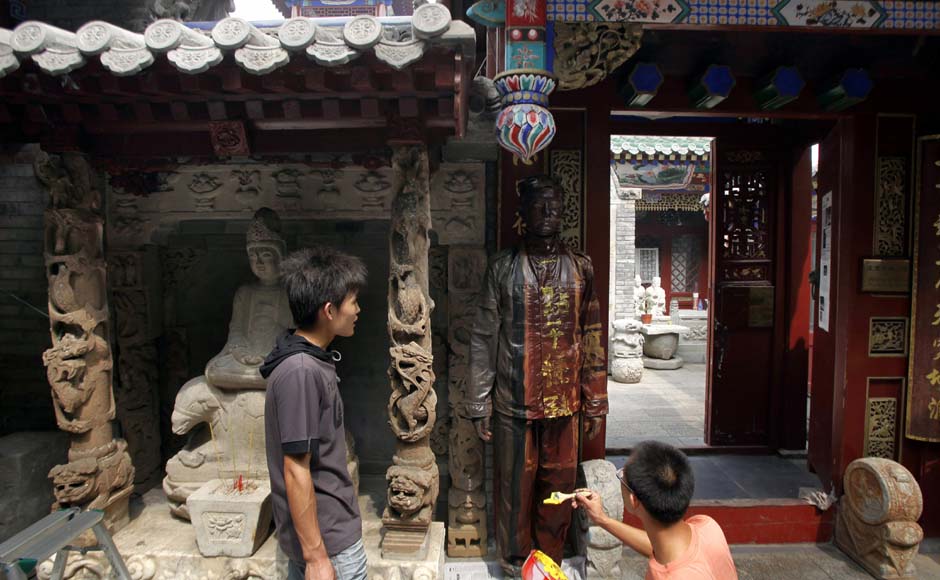 Liu Bolin (C) is painted by assistants as he makes himself look exactly the same as the wall of an old temple in a Hutong in central Beijing. Reuters image[/caption] [caption id=“attachment_1257535” align=“alignleft” width=“940”] 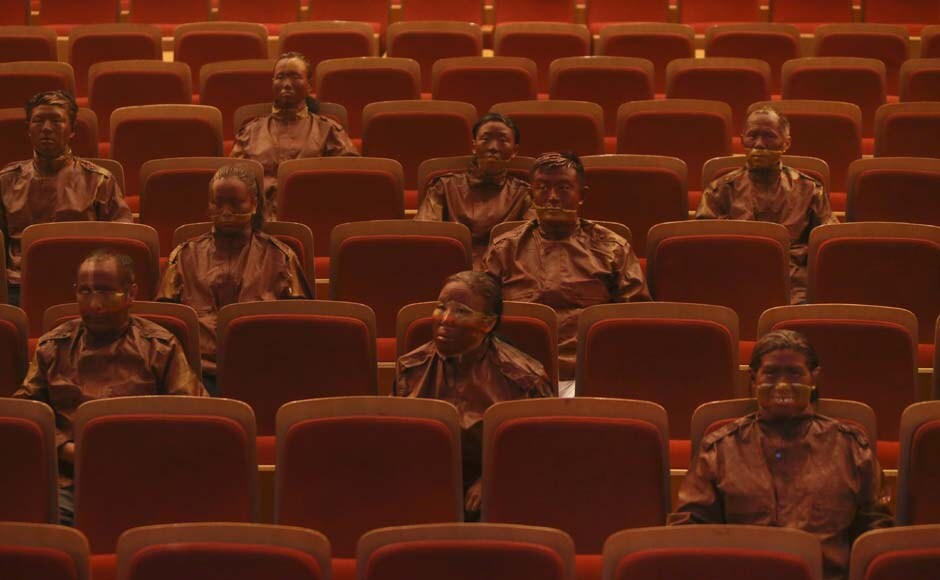 Liu Bolin (3rd row, R) and other participants are painted as part of a project to make themselves look exactly the same as the seats in a theatre. Here, Bolin made himself and other participants “disappear” into the red seats of a Beijing theatre. Called “Red Theatre”, the latest project is Liu’s third to make a group vanish and one of more than 100 “invisible works” he has completed since 2005. Liu covered a similar “red chair” topic in 2010 at Milan’s La Scala opera house, but said he also wanted to do it in China. Reuters image[/caption] [caption id=“attachment_1257537” align=“alignleft” width=“940”] 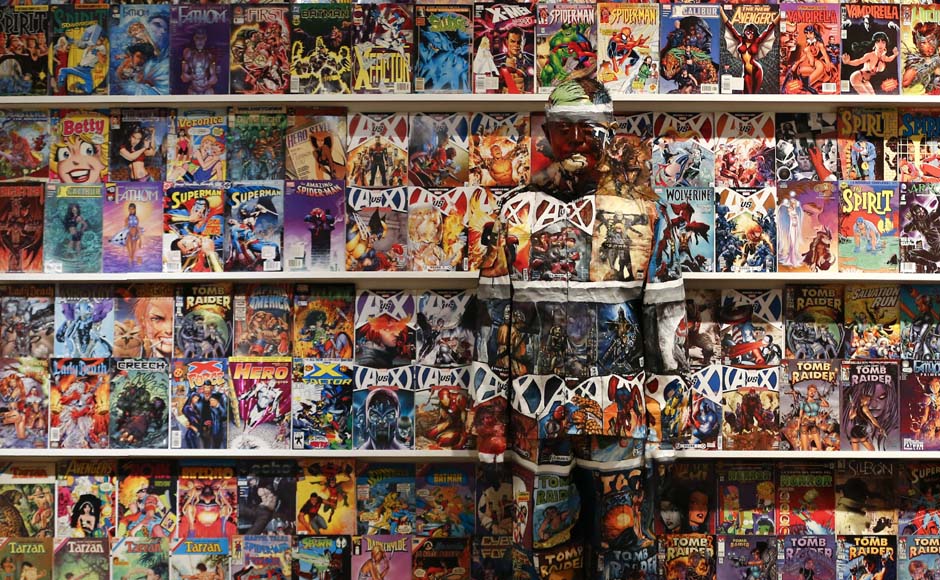 Can you spot the superman? Bolin is in the centre, blending himself into the background in front of a shelf lined with comic books as part of a series of performances in Caracas. Reuters image[/caption] [caption id=“attachment_1257539” align=“alignleft” width=“940”] 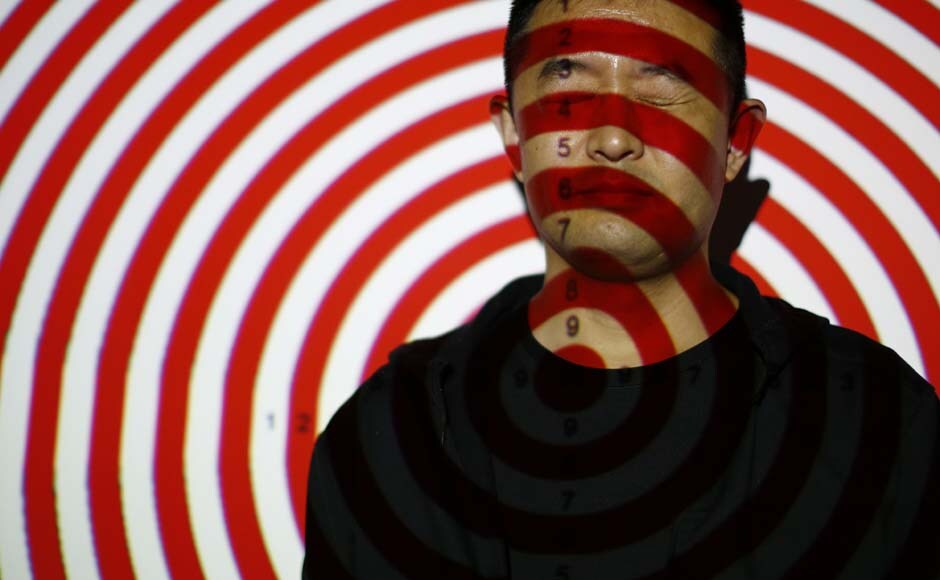 Bolin poses for a picture for the media before preparing for his performance. “Background is very important in my pieces,” Bolin has said. “The longest time it has taken for a camouflaging to be done has been a whole day. My body was frozen stiff.” Reuters image[/caption]
Chinese artist Liu Bolin has been disappearing for years now. Using his own body as a canvas, painting himself into the background, Bolin creates scenes that are statements about our relationship to our surroundings, and reflections on Chinese artists and their status in modern China.
Advertisement
End of Article


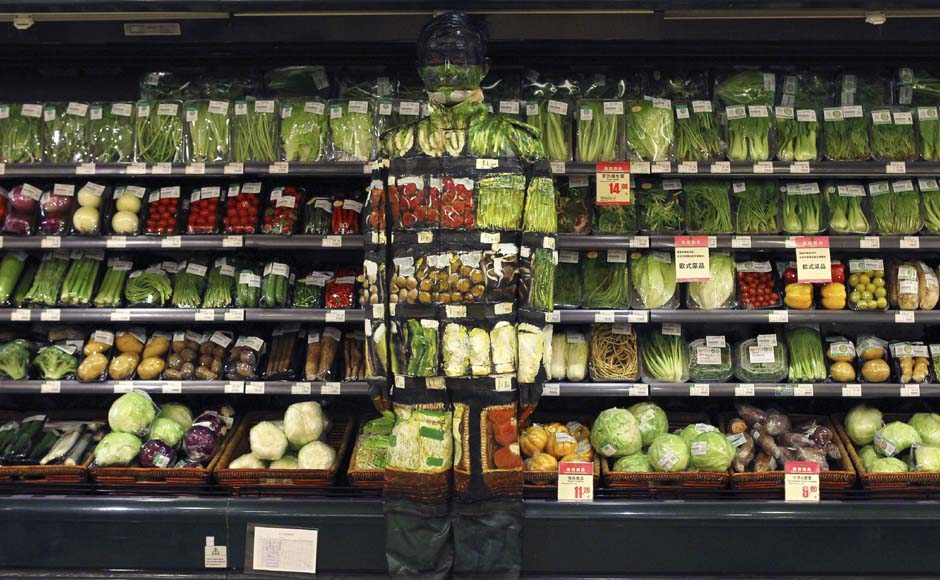)
)
)
)
)
)
)
)
)



